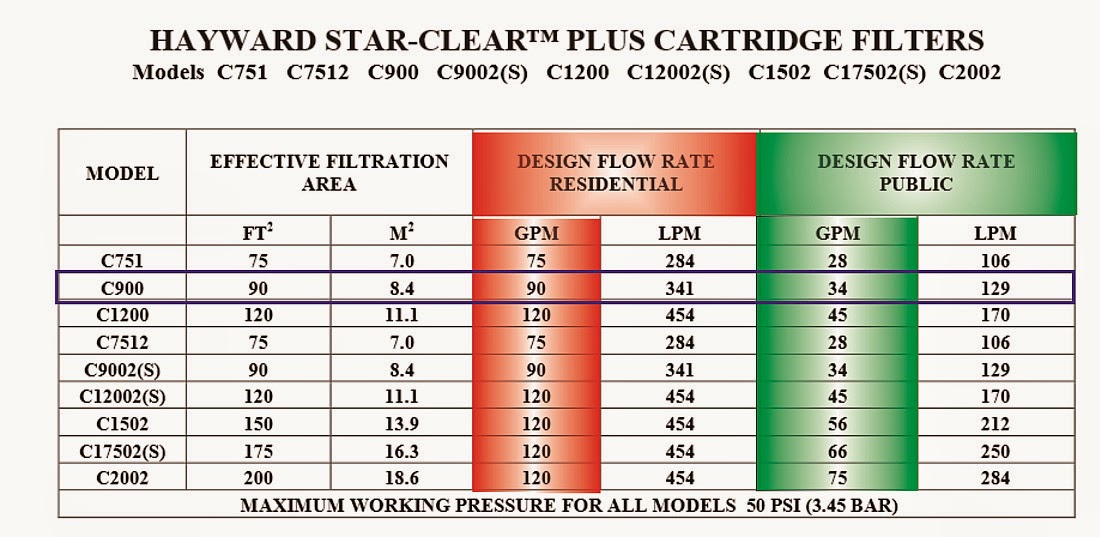Howdy.
I have had my pool for about 9 months now and have had almost no problems. I have had a few people tell me that my filter is to small for the size of my pool. My pool is rectangular, 39x19, 30,500 gallons. I have a Hayward Super-pump 1.5 hp. My filter is a Hayward c900. I am being told that i need to upgrade to a c1200.
Does this sound right?



 Reply With Quote
Reply With Quote





Bookmarks